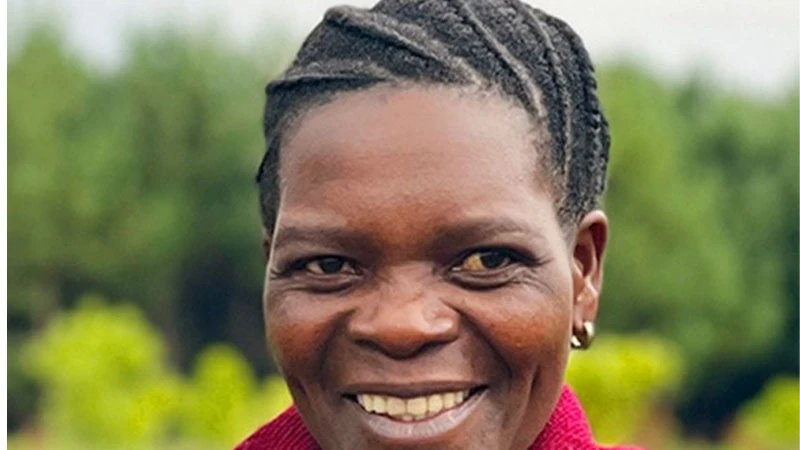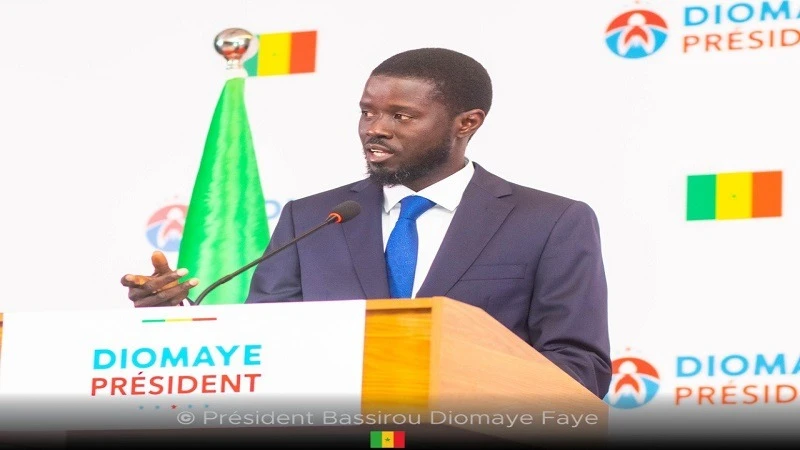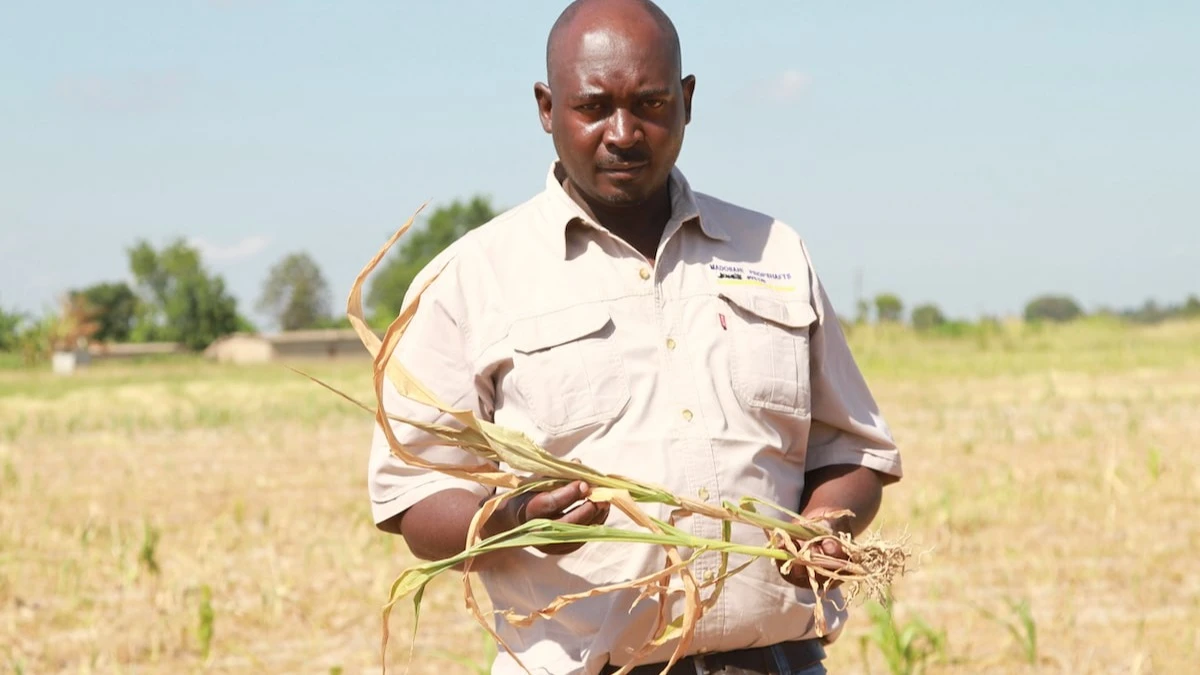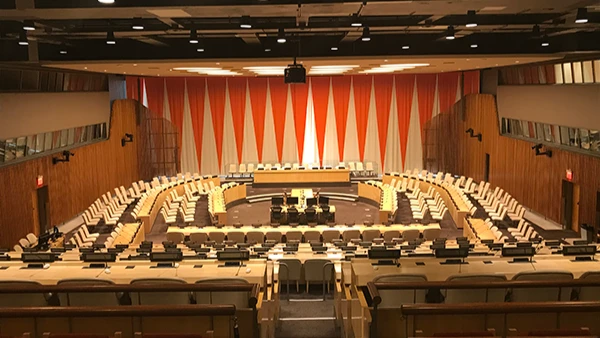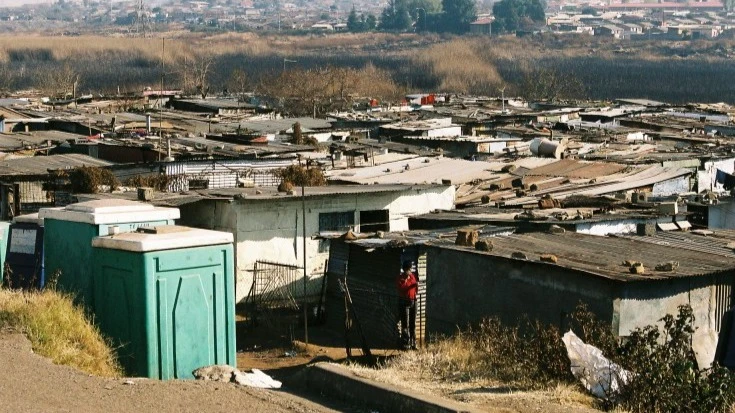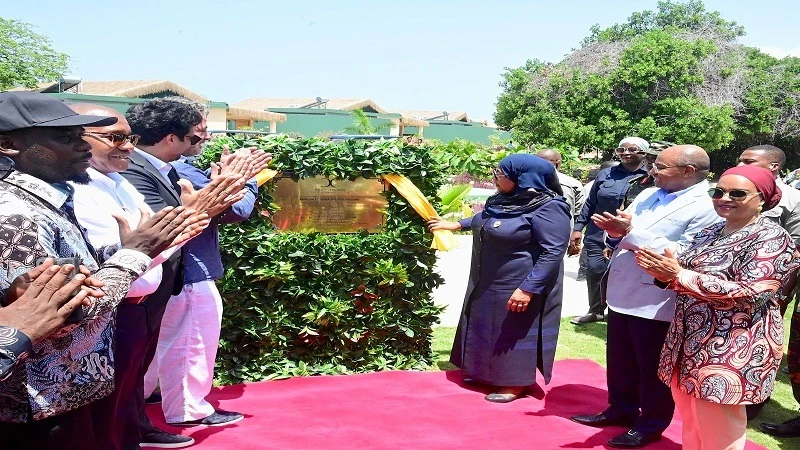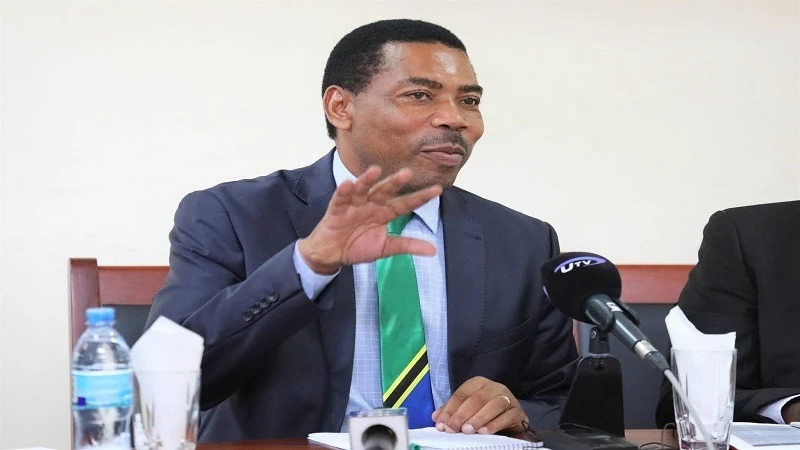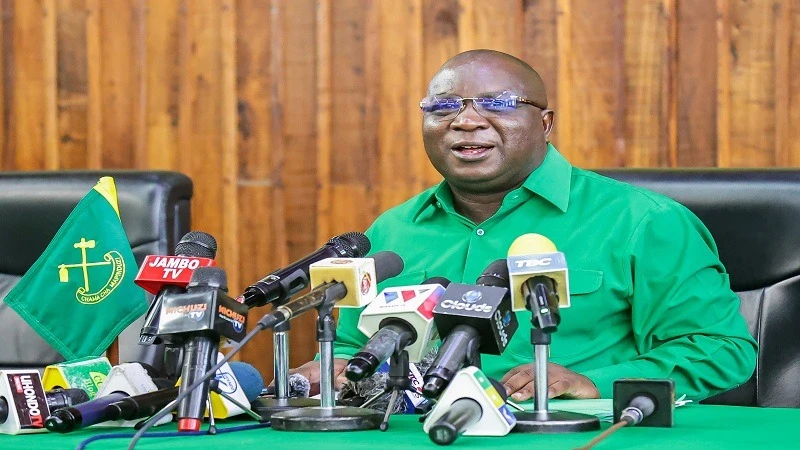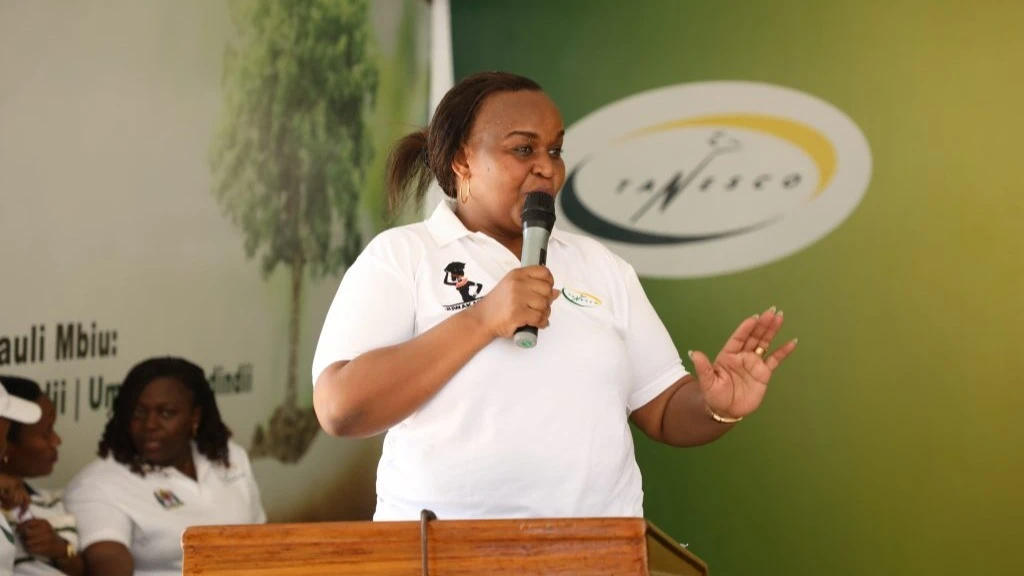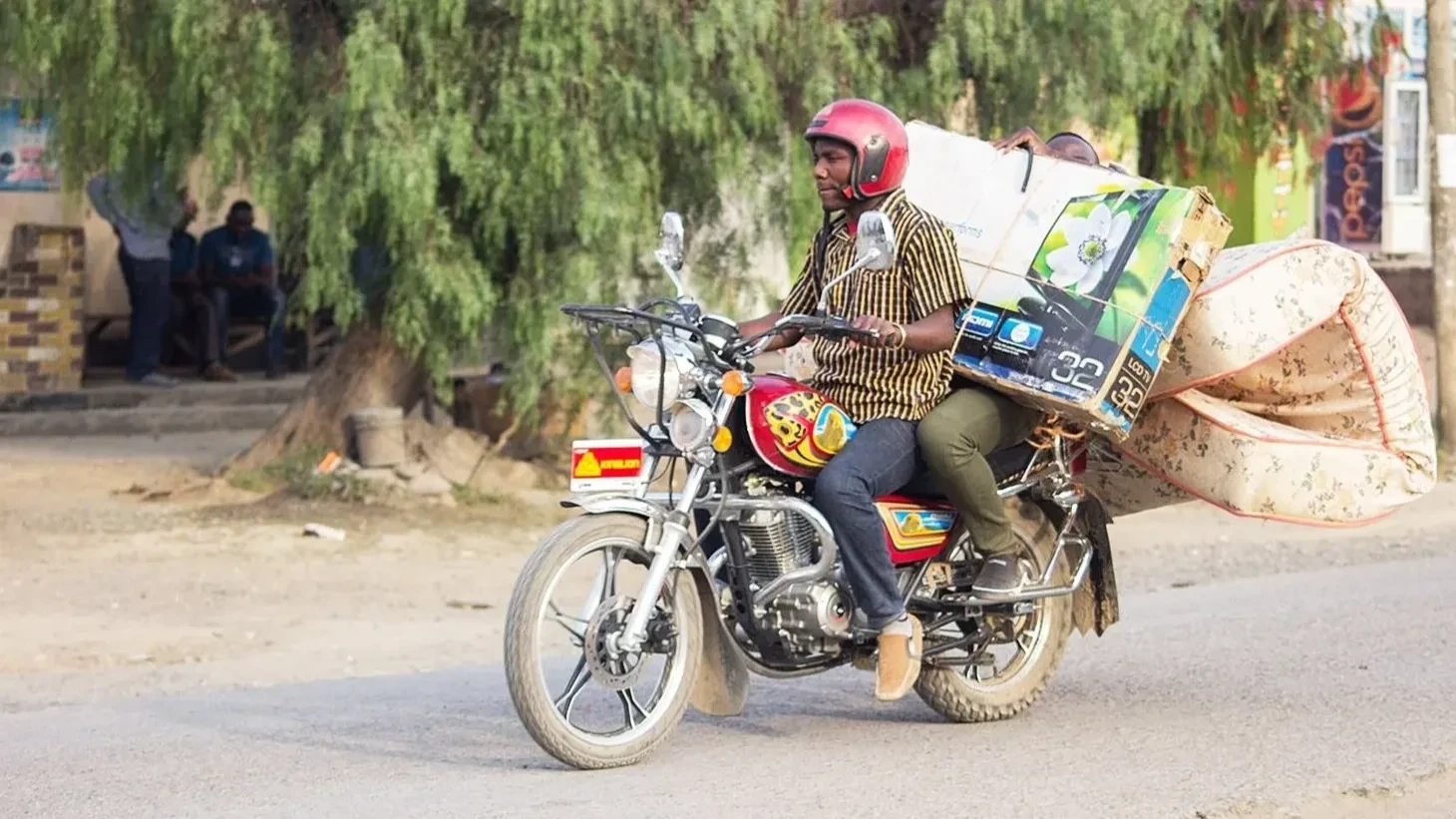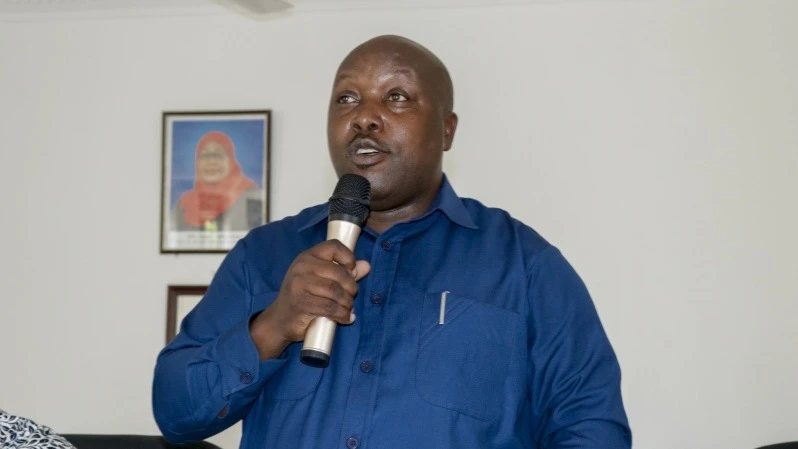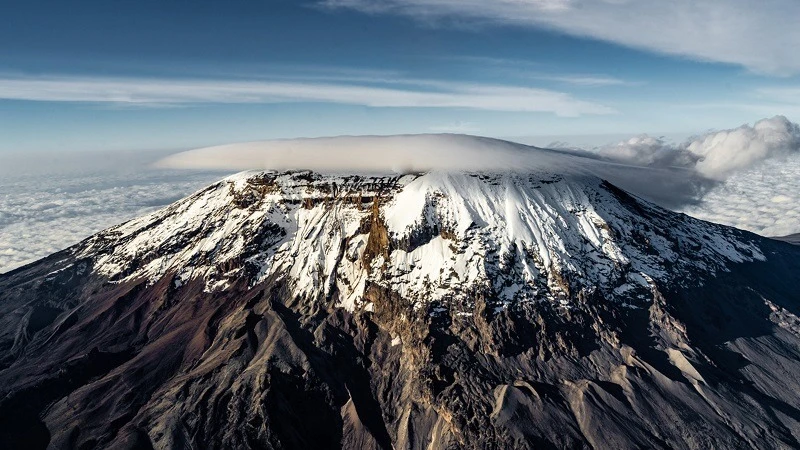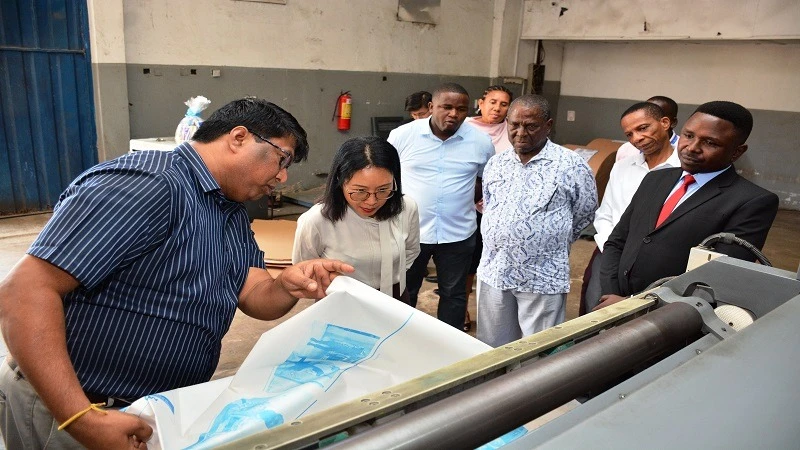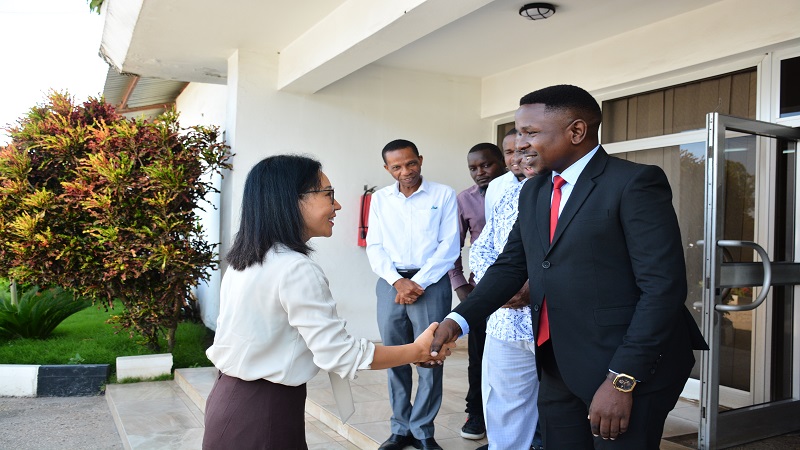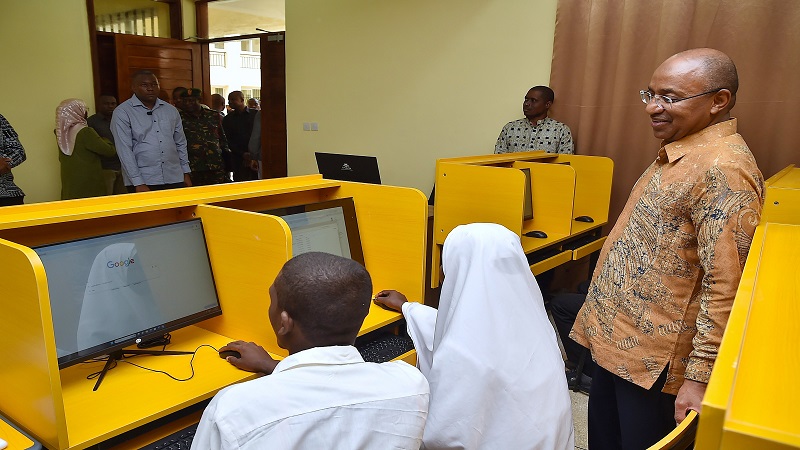Jane Goodall at 90: On fame, hope and empathy
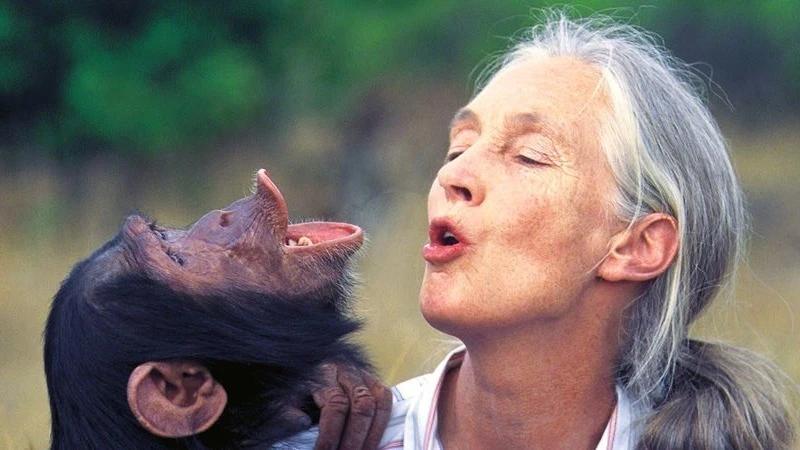
JANE Goodall turned 90 on April 3rd. For the past few weeks, the world has been marking her birthday in a variety of ways, from a unique 90-dog salute on a beach in Carmel, California, symbolizing her life-long commitment to animal welfare, to galas in fancy ballrooms in the world’s biggest cities with global business and political leaders
Last week, Goodall graciously sat for an extended conversation at my home in the San Francisco Bay Area. We covered a range of subjects, from empathy for plants and animals to the need for hope.
Before we jump into the interview, it’s useful to start by providing some context on Goodall, whose journey has redefined our understanding of the animal kingdom. This background will help us appreciate the insights from our conversation and understand why Goodall has become a towering figure in conservation and primatology.
Jane Goodall’s Path
Under the mentorship of anthropologist Louis Leakey, her initial mission was to observe and record the behavior of chimpanzees. What followed was a lifetime of pioneering research, transforming her into one of the most influential primatologists and environmental advocates of the twentieth century. Her early observations laid the groundwork for future conservation efforts, significantly impacting the field.
Goodall’s contributions to science and our perception of animals have been substantial. Prior to her work, the line separating humans from animals was distinctly drawn and heavily guarded by the scientific community. Goodall’s meticulous observations blurred these lines, revealing the profound complexities of chimpanzee societies. She was the first to document chimpanzees making and using tools, a behavior that was thought to be exclusively human. This discovery challenged the anthropocentric view of intelligence and sent ripples through the scientific world, prompting a reevaluation of what it means to be human
Beyond her scientific achievements, Goodall’s advocacy for animals and the environment has been relentless. She has consistently argued for the recognition of animals as sentient beings, capable of emotions such as joy, grief, and frustration. Her foundation, the Jane Goodall Institute, is at the forefront of efforts to protect chimpanzees and their habitats, combining conservation with community-centered development programs. Through her Roots & Shoots program, Goodall has mobilized a younger generation toward environmental stewardship, underscoring the interconnectedness of all living things. Her work has influenced public perception and policy changes regarding wildlife conservation, highlighting the broader impact of her efforts.
Goodall’s work extends beyond the confines of academic research to encompass global environmental advocacy. Her stance on sustainable living and ethical consumerism challenges both individuals and corporations to reconsider their impact on the planet. In a world teetering on the brink of ecological collapse, Goodall’s voice remains a clarion call for action. She advocates for a holistic approach to conservation, one that addresses the root causes of biodiversity loss and climate change.
Goodall’s legacy is a testament to the power of perseverance, empathy, and scientific curiosity. Through her pioneering research and fervent advocacy, she has not only altered our understanding of chimpanzees but also highlighted the urgent need for comprehensive strategies to protect our planet. Moreover, her role as a mentor and source of inspiration to the next generation of scientists and conservationists underscores her lasting influence on future leaders in the field. Goodall’s life work serves as a reminder that understanding our place in the natural world is the first step toward preserving it for future generations.
An interview with Jane Goodall
Qn: You have been working in the field for quite a number of years. What would you say is the biggest change in the conservation sector since you got started?
A: Well, there are two significant changes.
One is that more people are becoming aware, and many small NGOs have sprung up to tackle different problems.
The other is the harm we’ve done to the natural world: the disappearing forests, the loss of biodiversity.
So, yes, people are more aware, but the big problem is that when people read too much about the doom and gloom—which we need to know about, because it is real—they can become overwhelmed. They might think, “What’s the point?” or “There’s no hope.”
Therefore, giving people hope is a very important message.
Qn: Eco-anxiety is a big issue these days, especially among younger people. So how do you remain hopeful? And what message do you give, especially to younger audiences?
A:How do I stay hopeful? By traveling 300 days around the world—which, of course, isn’t environmentally friendly in terms of emissions from planes, etc., and since nobody’s given me a magic carpet—I feel I need to be there to actually talk to people. Our Roots & Shoots groups are planting hundreds of thousands of trees, and JGI is protecting forests.
As I travel, I meet incredible people doing amazing things. I see forests being protected and woodlands restored. I meet people who tackle what seems impossible and don’t give up.
This includes bringing endangered species back from the brink of extinction, like the California condor, for example. I vividly remember when there were only 12 left, one in captivity and 11 in the wild. They captured the 11 wild ones, did captive breeding, and now there are over 200.
Qn: Part of overcoming eco-anxiety is feeling like you have the agency to make a difference in the world. What can someone do in their everyday life to have a positive impact?
A: Well, I believe it starts when people realize that every day they live, they make some kind of impact. They should begin to think about their own environmental footprint.
They can start by questioning their purchases: Where was it made? Was it harmful to the environment? Was it cruel to animals, like those from factory farms? Does its low cost come at the expense of fair wages or entail slave labour? If so, they shouldn’t buy it.
Opting for items that are ethically produced might cost a bit more, but this means they’ll likely value them more and waste less. As we know all too well, human waste is a massive problem.
So, the message is simple: remember, every day you live, you make an impact. Choose wisely.
Qn: Sometimes, we need to influence people higher up the food chain, so to speak: political and business leaders. How can the average person get their message across to these individuals in their daily lives?
A: Well, it varies. I’m not sure who the “average person” is these days, but people have different ways of making an impact. There are campaigns and petitions to sign.
I always hope that through our youth program, many of the participants’ parents are in decision-making positions. I know that youth can influence older generations; it’s happened time and again.
Qn: You’re about to embark on a new campaign involving the power of the vote. Could you talk a little bit about that?
A: Yes, there are 50 countries around the world currently preparing for elections, not all presidential, but elections nonetheless. And I know for a fact that many young people are hesitant to vote because they’re indifferent towards the candidates. They don’t see the point in voting.
So the main message is, “Your vote matters.” Please go out and vote. Choose the candidate who cares about the future. That’s the key message.
Qn: That’s an important message, especially here in the United States with a major election coming up.
But if you had the power to establish a new global tradition or annual event to foster a deeper connection to nature and wildlife, what would it look like?
A: The key is understanding and experiencing nature. People won’t rally to protect what they don’t know. That’s why it’s crucial to engage children with nature as early as possible. There are countless stories of young people who’ve never had the chance to immerse themselves in nature, to touch the earth, to explore a river or a stream.
Finding ways for them to experience nature firsthand is vital. More and more studies show that time spent in nature is beneficial, both psychologically and physically. In some countries, like Canada and Japan, doctors can even prescribe nature time. Considering the current era of AI, cell phones, and social media, where children pass through beautiful places glued to screens, this is alarming. Our Roots & Shoots program aims to get them out into nature, away from their cell phones.
Qn: What do you think attracts people to you and your work?
A: Well, initially, it was about a young girl venturing into the forest—something no other young girls were doing at the time—and studying chimpanzees. National Geographic described it as “the beauty and the beast”: mysterious creatures in the jungle and a young, fair-haired girl. That imagery captured people’s attention and was a fantastic start for me.
But there are two Janes, Rhett. There’s the one talking to you now, just me, Jane. And then there’s the icon that has been built up by Geographic, Discovery, the media, and so on. This Jane has to maintain the icon’s image. And it’s because of this that I can’t simply walk through an airport unnoticed. So, what is it exactly? I’m not entirely sure. Maybe you can tell me. Can you?
Qn: To build off that, what would you say you most want to be remembered for?
A: Two things. First, starting Roots and Shoots and giving people hope, especially young people, and getting them involved in the natural world.
Second is realizing that we’re not the only sentient, sapient beings.
We’ve come a long way since I got my start. Louis Leakey, my mentor, told me I had to get a degree. He said, “Jane, I picked you,” and this was back in 1957. He chose me to study chimps because I hadn’t been to university and my mind hadn’t been contaminated by the very reductionist opinion of science back then towards animals. But now, he said, scientists need to take you seriously, so you have to get a PhD. And we don’t have time for an undergraduate degree. He got me a place at Cambridge University to study ethology.
Well, I didn’t even know what ethology was because I hadn’t been to college. So, I was nervous. And imagine how I felt when all these erudite professors told me I’d done everything wrong.
“Chimpanzees, you shouldn’t name them, you should give them numbers.”
“You can’t talk about their personality, you can’t talk about them having a mind capable of making decisions, solving problems, you absolutely can’t talk about them having emotions like happiness, sadness, fear, despair. Those are all unique to humans.”
That’s what they thought.
But I had this wonderful teacher when I was a child, my dog. You can’t share your life with a dog, a cat, a bird, or any animal and not know that we’re not the only sentient, sapient beings on the planet.
Because chimps are biologically so like us—we share 98.7% of our DNA with them; their behavior is so like ours, kissing, embracing, holding hands, patting one another on the back, males competing for dominance in very human-like ways, including standing upright, swaggering, and shaking a fist with lips pursed in a furious scowl—reminds you of some male politicians, right? And they have a long childhood, which allows for learning through observation as well as through direct experience. So, gradually, science had to change its attitude.
And once chimps had opened the door to the idea that we’re not the only sentient, sapient beings, that opened the door to understanding all the others. So now we’re studying and finding out about the intelligence of not just elephants, whales, and dolphins, but also rats, pigs, and octopuses.
I think it’s the most exciting time for young people wanting to learn more about animal behavior than there has ever been.
Qn: To turn to conservation, is there an underappreciated or overlooked area that you feel, if given more attention or addressed, could have a major impact on the world?
A: Indeed, more and more of these issues are entering the mainstream conversation, such as the importance of wildlife corridors. This includes even the small ones, as simple as allowing natural vegetation to grow along the sides of roads and promoting urban greening. These topics are being discussed increasingly.
Then there’s permaculture and regenerative agriculture, with a growing understanding that industrial farming is degrading the soil and harming biodiversity.
When it comes to farming animals, there’s a growing recognition of the cruelty of industrial farming, as well as its role in producing significant amounts of CO2 and methane. People are beginning to acknowledge these issues.
However, the degradation of the soil is something I think many people still have not fully comprehended.
Qn: Do you think greater empathy for animals or plants represents an overlooked opportunity in conservation?
A: Yes, I do believe it’s crucial. We now understand that trees in forests can communicate underground through mycorrhizal networks, sending pheromones to better prepare for an impending attack by predators. This knowledge is fascinating and increasingly recognized.
Qn: I feel like kids are generally more receptive to being empathetic towards animals, plants, and other organisms.
A: But many adults are too. After my lectures, adults have approached me or written to me saying, “You’ve made me think differently,” “You’ve changed my life,” or “You’ve altered the way I think about animals or nature.”
Qn: Do you have a guiding principle that you’ve carried through your life and work?
A: Respect. Respect for people, other animals, and the environment. It’s very important. I think NGOs are competitive and don’t want to collaborate with another NGO for fear of helping them secure more funding.
But, Rhett, I’ve come to think of humanity as being at the mouth of a very long, very dark tunnel and right at the end there’s a little star shining. And that’s hope.
However, it’s futile to just sit and wonder when that star will come to us. We must gird your loins, roll up our sleeves, and navigate around all obstacles that lie between us and the star. These include climate change, loss of biodiversity, poverty—since people in poverty may harm the environment to survive—soil degradation, industrial agriculture, and fossil fuel consumption, among others.
Top Headlines
© 2025 IPPMEDIA.COM. ALL RIGHTS RESERVED


